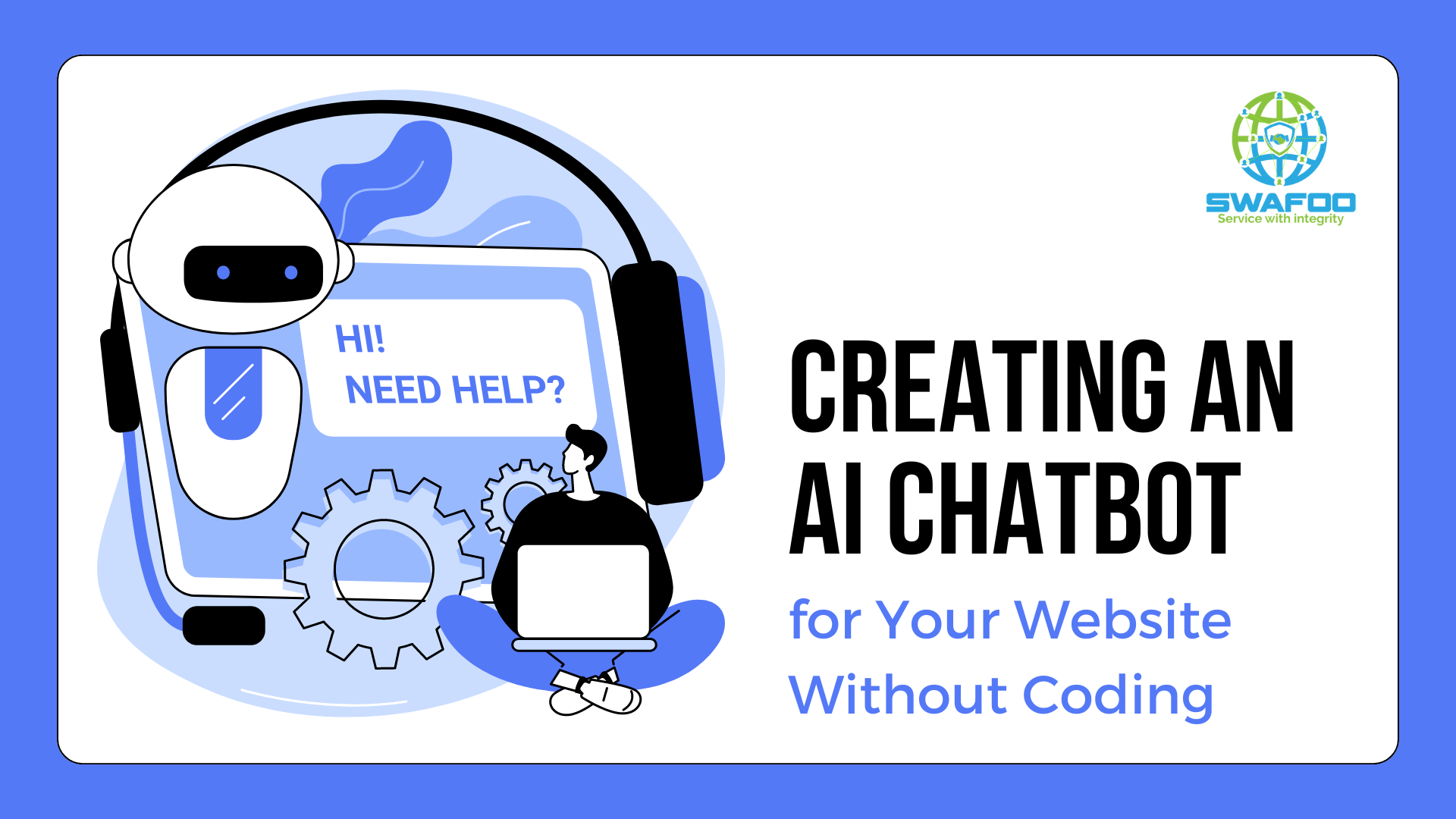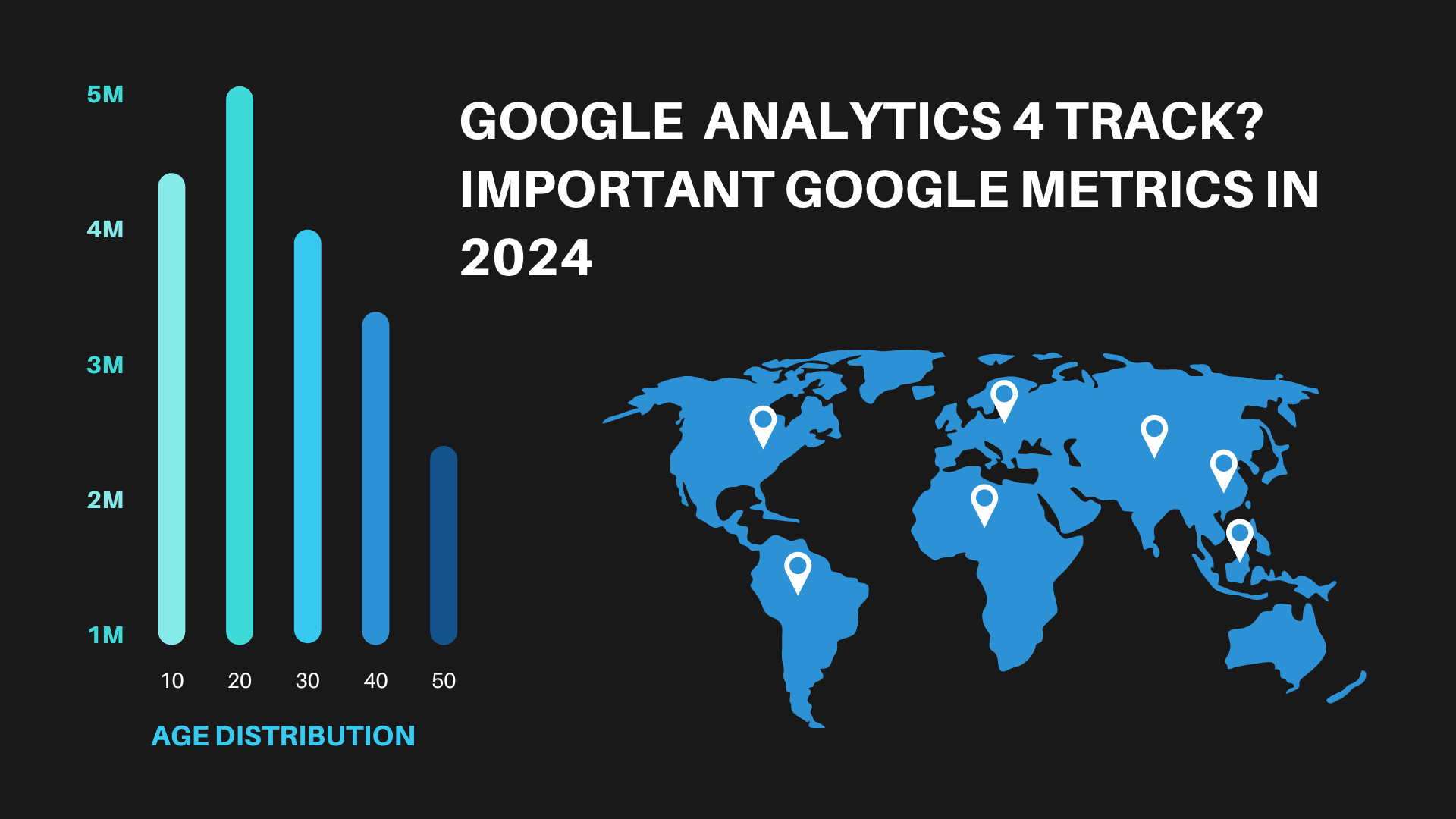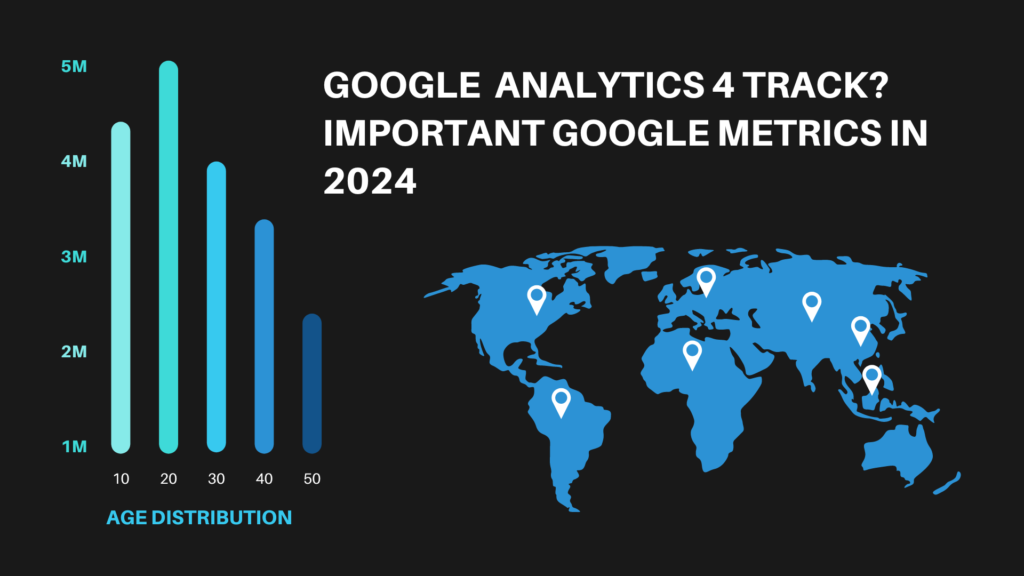Creating an AI Chatbot for Your Website Without Coding
Creating an AI Chatbot for Your Website Without Coding

In today’s fast-paced digital world, integrating AI chatbots into your website isn’t just a trendy move—it’s a game-changer. Imagine having a tireless virtual assistant, ready to engage with your visitors 24/7, streamline your operations, and drive growth effortlessly. That’s the power of AI chatbots. Let’s dive into the world of AI chatbots and learn how you can create one for your website without writing a single line of code.
What is a Chatbot for a Website?
Think of a chatbot as your website’s front-line worker, ready to chat with visitors anytime. Whether it’s answering questions, resolving issues, or assisting during the purchase process, a chatbot can handle it all. They’re like the superheroes of customer support, always on call, and never needing a break, making it easy to build a chatbot that excels.
You’ve got two main types to choose from: rule-based chatbots and AI chatbots. Rule-based chatbots follow a simple “if X, then Y” logic. AI chatbots, on the other hand, are the real deal. They pull answers from a knowledge base, learn from every chatbot conversation, and get better over time. You can even integrate a chat widget into messaging apps like WhatsApp or your mobile app.
How Does a Chatbot Work on a Website?
Rule-Based Chatbots
These are the basic bots that operate on predefined rules. If a user types “X,” the chatbot responds with “Y.” They’re easy to set up with chatbot builders, but they need a well-thought-out script to cover potential user questions and scenarios.
AI Website Bots
AI chatbots are the next level. They use natural language processing (NLP) and natural language understanding (NLU) to understand the intent and context of queries, replicating human conversation. They pull answers from a pre-built knowledge base and improve with each interaction. Connect them to GPT-4, and you’ve got a bot that remembers context and uses empathy in tough situations. Userlike, for example, makes integrating these features a breeze.
Why is an AI Chatbot Essential for Your Website?
For Businesses
Boosts Customer Engagement: You’ve got about 20 seconds to capture a visitor’s attention. A proactive chatbot can engage customers instantly, guiding them through your sales funnel like an in-store assistant.
Automates Simple Tasks: From scheduling appointments to sending reminders and collecting feedback, chatbots handle repetitive tasks efficiently.
Cuts Down Service Costs: While chatbots can’t replace human agents, they can reduce service costs by up to 30% by handling simple queries.
Pairs Well with Live Chat: Seamless handovers from chatbot to human agent ensure that complex issues get the personal touch they need.
Available 24/7: Chatbots provide real-time assistance around the clock, perfect for customers who are active outside business hours.
Gives Your Company a Voice: Customize your chatbot’s voice, appearance, and tone to match your brand and shape how customers perceive your business. Use AI to make these customizations more efficient.
Easy to Maintain: After the initial setup, monitoring and improving your chatbot’s performance is straightforward.
For Customers
Quick Responses: Chatbots reduce wait times, providing instant answers to simple questions.
Easily Accessible: Available on every page of your website or through messaging apps, chatbots are always ready to help.
24/7 Availability: Perfect for late-night shoppers or website visitors with tight schedules.
Relaxed Conversation: Customers can ask questions bluntly, making the conversation efficient.
Direct and Personal: Chatbots address customers by name and make personalized recommendations.
How to Build an AI Chatbot for Your Website
Creating an AI chatbot isn’t rocket science. Here’s a step-by-step guide:
Define Your Chatbot’s Purpose
Identify what you want your chatbot to do. Who’s your target audience? What problems will your chatbot conversation solve? What integrations are necessary? This clarity will make the design and writing process smoother.
Choose an AI Chatbot Platform
There are plenty of platforms like Dialogflow, BotSociety, or IBM Watson for those looking to build a chatbot from scratch. But for ease of use, choose a provider like Userlike, which offers AI chatbot integration along with live chat, customer messaging, and AI automation—all managed from a single dashboard.
Design Your Conversation Flow
Create diverse intents for your chatbot conversation and keep answers concise. Multiple intents strengthen the chatbot’s context understanding. Build a knowledge base with FAQs and other helpful info. Userlike’s AI Automation Hub is perfect for this.
Test & Refine Your AI Chatbot
Before going live, test your chatbot thoroughly, whether you build a chatbot from scratch or use a pre-existing AI model. A soft launch on your website can help you gather feedback and make necessary adjustments. Double-check everything: Are the answers clear? Do links and redirects work in the chat widget? Is it easy to escalate to a live agent? Make sure everything runs smoothly.
Launch Your AI Chatbot
Deploy your chatbot on the pages and channels aligned with its purpose. Promote it on social media and ensure your chat widget is prominently displayed on your website. Customers will quickly notice and start using it.
Website Chatbots Use Cases
Chatbots are versatile and can be used across various industries:
Collect Contact Information: Gather customer details before forwarding them to a human agent.
Answer Common Questions: Relieve your service team from repetitive FAQs.
Guide Customers to the Right Operator Group: Direct queries to the appropriate department.
Offer Sales Support: Collect leads, recommend products, and upsell or cross-sell.
Recruit New Talent: Conduct initial interviews, schedule appointments, and answer candidate questions.
AI Website Chatbots Examples
Energy Industry
Stadtwerke Düren’s Norbot uses keyword recognition and button options to handle energy-related inquiries, collecting new leads mid-chat.
E-commerce
Cyberport’s Clara assists customers throughout their shopping journey, drawing from a central AI-powered knowledge base to provide accurate responses.
Logistics
Hermes Germany’s Bo handles shipment tracking and can escalate complex issues to human agents, boasting a 65% resolution rate and high customer satisfaction.
Real Estate
Roof AI’s Sunny automates processes, qualifying prospects, scheduling tours, and creating customer profiles with a human-like conversation experience.
Userlike: More Than Just an AI Chatbot for Your Website
Combining chatbots with live chat support is the ideal setup. At Userlike, we offer a modernized AI Automation Hub that turns websites into intelligent self-service portals. Alongside our AI chatbot, we provide a self-learning Smart FAQ and responsive Contact Form Suggestions, all powered by a central knowledge base when creating a chatbot. With GPT-4 integration, our chatbots handle multiple questions in a single chatbot conversation, add emotional context, and consider previous messages when responding.
Define your chatbot’s purpose, choose a platform, design your conversation flow, and test rigorously before launch. Once deployed, promote it and watch as your chatbot boosts engagement, automates tasks, and cuts service costs. Your customers will enjoy quick, personalized interactions that enhance their overall experience.
Ready to revolutionize your customer support with a chatbot conversation? Start a chat with us on our website to explore the long-term benefits of AI features connected to live chat software. Let’s discuss how Userlike’s AI chatbots can elevate your business.
Thanks for reading. If you have any questions, I’m here to help!
Share This Post
Subscribe To Our Newsletter
Get updates and learn from the best
More To Explore

The Truth About SEO and Web Design: How Smart Design Can Improve Your Ranking
SEO and Web Design Every business wants to appear at the top of search engines. But few realize how closely web design and SEO work

Digital Marketing Strategies in 5 Steps: How to Create One That Delivers Results
Marketing Strategies Creating digital marketing strategies that actually work isn’t about chasing trends or using every platform at once. It’s about focus, knowing what your



